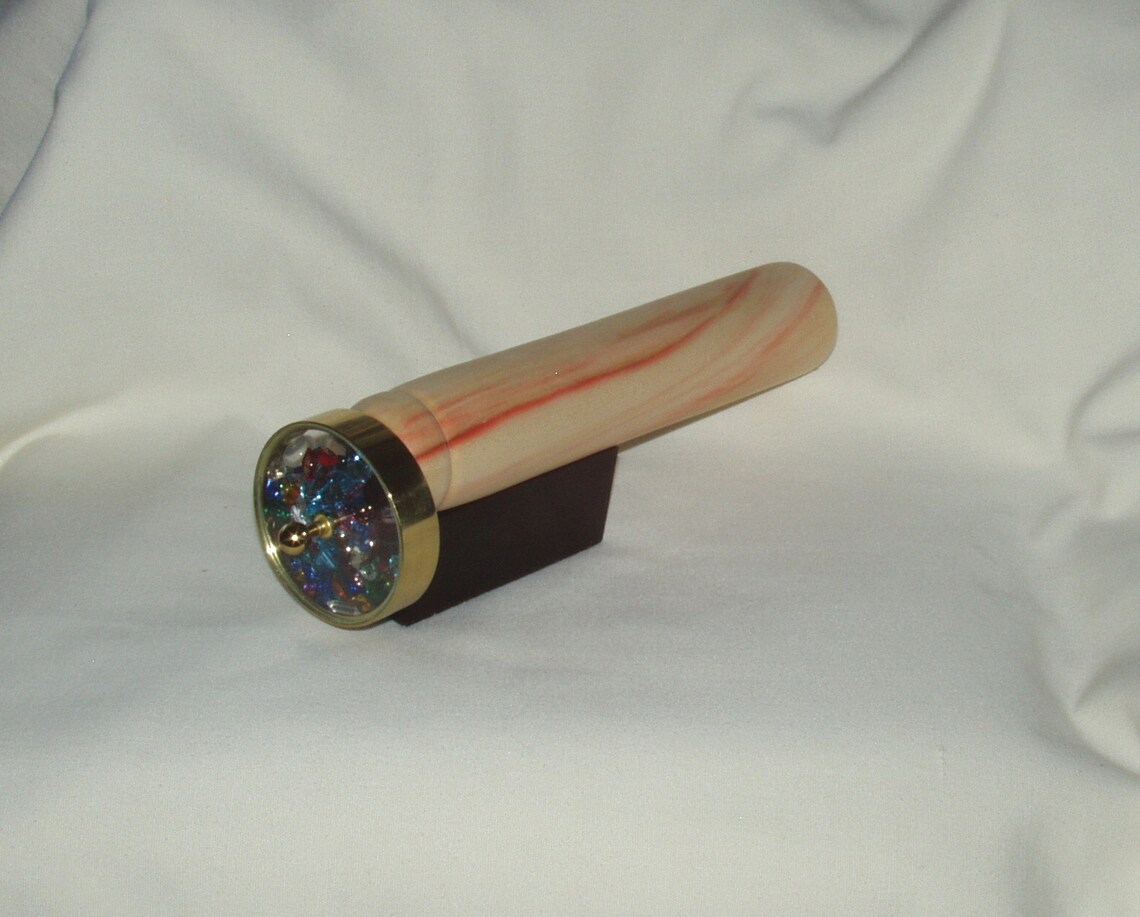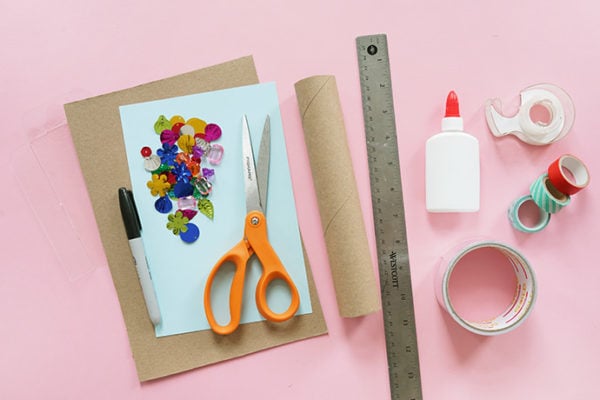

Instead, this new mobile device was in the hands of everyone from children to the elderly from professors to pastors and was seen on nearly every public street in the UK where it was first invented. In fact, it wouldn’t become child’s toy for at least several decades. Within a month or two, the toy went into the toy box where it sat until being thrown away.īy contrast, the kaleidoscope of the early-and mid-1800s wasn’t just a child’s toy.

In its base, it had plastic jewels that created patterns that would saturate when pointed directly at the sun. It was cheaply made and squished under my fingertips as I turned the dial. My first kaleidoscope was made of yellow cardboard with multicolored polka dots. The kaleidoscopes we can buy today, similar to the one I grew up with in the early-1980s, are not the same objects that came onto the scene in England.

As Huhtamo explains it, “These ‘kaleidoscomanics’ are so mesmerized by the visions they see inside the ‘picture tube’ that they do not even notice that other men are courting their companions behind their backs.” Media scholar Erkki Huhtamo describes an engraving shown at the Frankfurt Film Museum, in which several people (and even a monkey!) are shown staring into their kaleidoscopes. If a person didn’t own a kaleidoscope, they could pay a “penny for a peek” from London’s poor or homeless, who earned a living by offering passersby a look into the patterns produced by what some termed as one of the “most important inventions and discoveries of our time.”Īrt from that period chronicled how immersive the kaleidoscope experience could be. A person couldn’t walk down a street in London without seeing people staring into these tubes and walking into walls from being so immersed in the new invention. It’s hard to imagine now, but in the years after the kaleidoscope was first invented in 1816, it distracted the public as much as an iPhone. An illustration from 1818, titled “Human Nonsense.” (Photo: Public Domain/WikiCommons)


 0 kommentar(er)
0 kommentar(er)
